Ardennes Classics 2019: The complete guide
From Amstel Gold Race to Liege-Bastogne-Liege
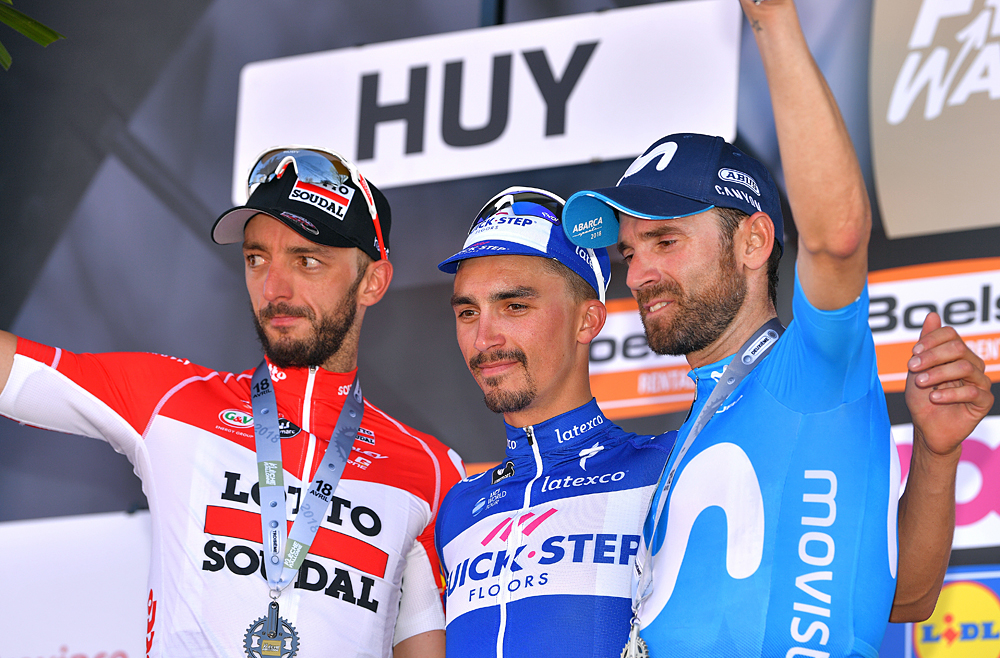
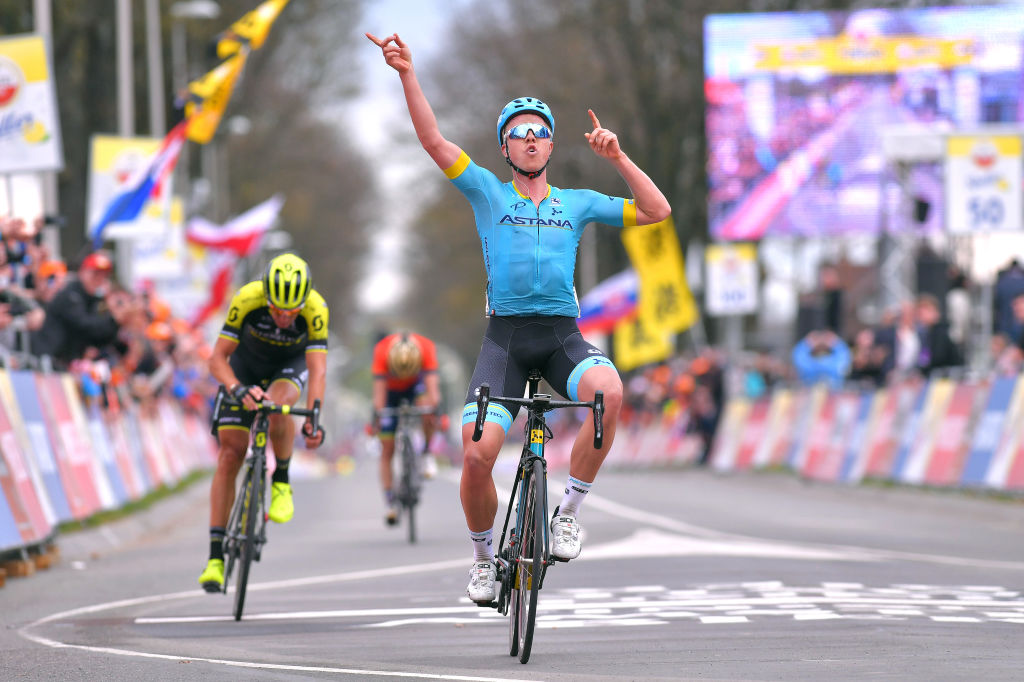
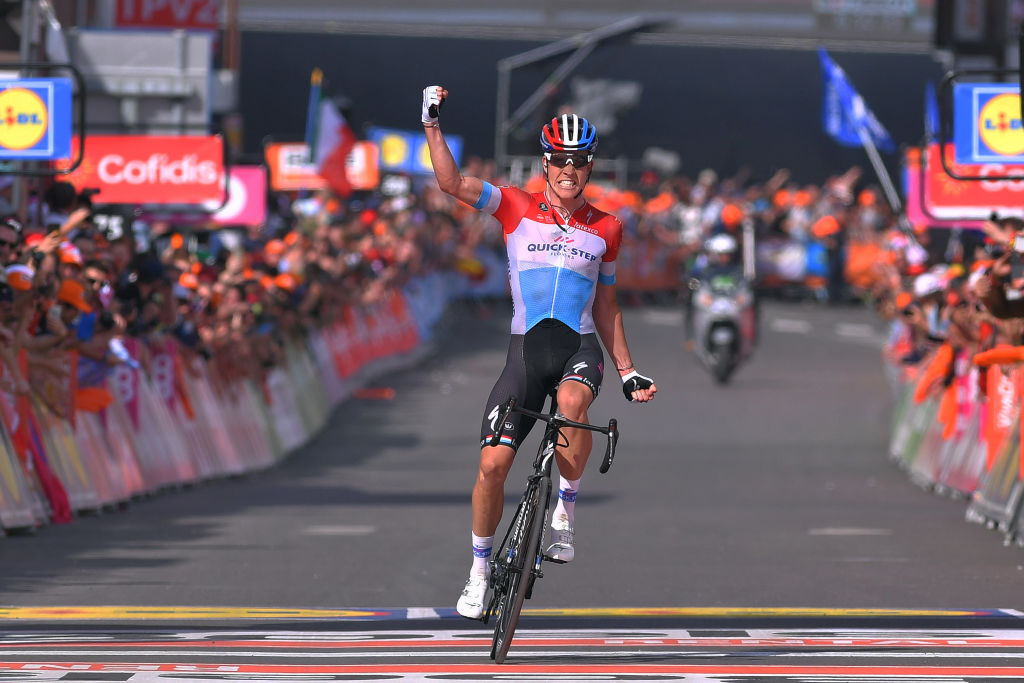
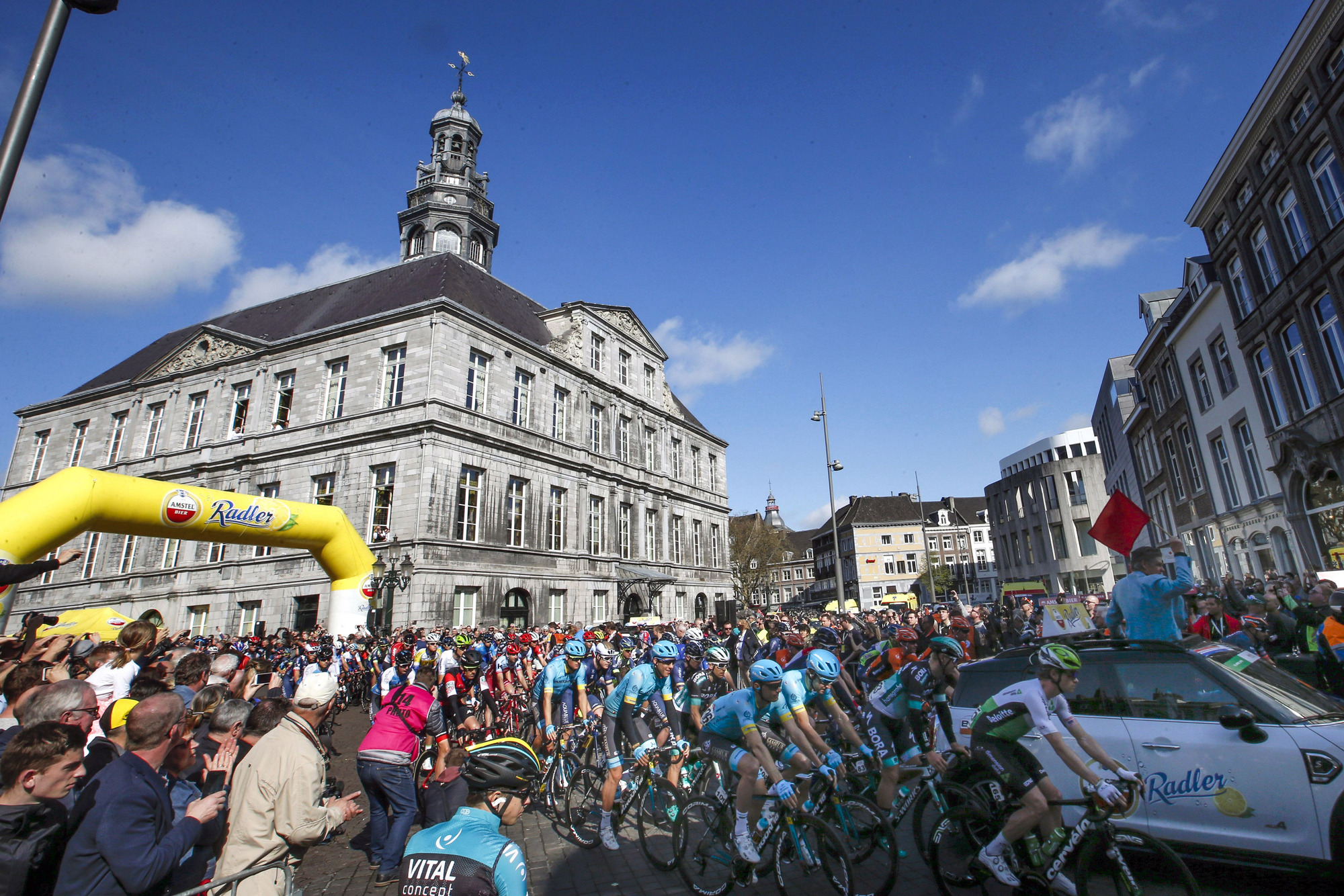
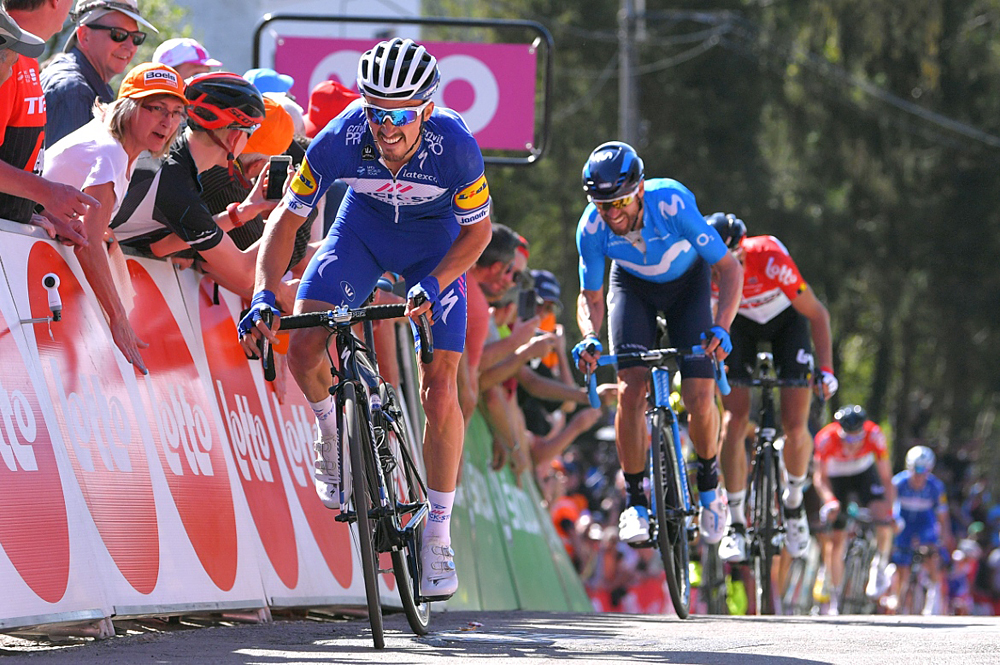
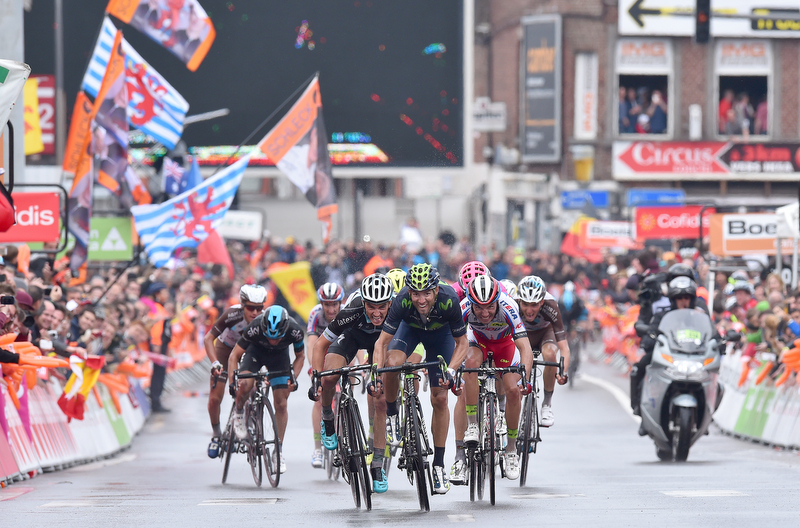
The dust has barely settled on the pavé of Paris-Roubaix, but the spring Classics switch gears now as the racing leaves the cobblestones of northern Belgium and France to head to the hills of southern Belgium and Holland.
The three big Ardennes Classics are Amstel Gold Race, Flèche Wallonne, and Liège-Bastogne-Liège, with Wednesday’s De Brabantse Pijl acting as something of a bridge. Amstel Gold Race follows on Sunday, and is problematic when it comes to categorising these races, as it takes place just across the border in the southern-most pocket of Holland - similar sort of terrain but not technically the Ardennes.
That’s not the case for Flèche and Liège, which take place on the Wednesday and Sunday of the second week. While the former offers a chance for the puncheurs with the iconic summit finish on the Mur de Huy, the latter is widely considered one of the toughest and most prestigious one-day races. It’s the oldest of the Classics and is the fourth of cycling’s five Monument races.
This year, a key source of intrigue is the new Liège course, which sees the finish move from Ans and back to the centre of Liège for the first time in 27 years. Gone is the Côte de Saint-Nicolas and the final drag into Ans, and while there’s still a huge amount of climbing over the route as a whole, many feel the flat finish and 15km from the final climb to the line could open the door to a wider range of candidates.
Other storylines include Julian Alaphilippe, and whether he can continue his incredible 2019 campaign. The Frenchman has won eight times this year, including his first Monument at Milan-San Remo, and despite crashing out the Pais Vasco, he was second at Brabantse Pijl. His victory at Flèche last year was arguably what kicked off his remarkable run, and he’ll be the favorite to defend that title, though it’s likely to be a fierce contest between him and Alejandro Valverde, who has won on the Mur de Huy five times. Valverde has also won Liège four times, but never Amstel. He and Alaphilippe are two riders who it’s not a stretch to see winning all three - a feat last achieved by Philippe Gilbert in 2011.
Mathieu van der Poel will not race Flèche or Liège, but does line up at Amstel - in the Dutch champion’s jersey no less - and does so as arguably the favourite. To say that still sounds extraordinary for a 24-year-old rider who’s riding his first classics campaign on the road, but the world cyclo-cross champion has taken the sport by storm this spring with his wins at Dwars door Vlaanderen and Brabantse Pijl.
Can Deceuninck-QuickStep transfer their one-day dominance down to the Ardennes? Or will one of the many squads who’ve fallen short be able to salvage something from the spring?
Get The Leadout Newsletter
The latest race content, interviews, features, reviews and expert buying guides, direct to your inbox!
Amstel Gold Race (April 21)

First edition: 1966
2018 champion: Michael Valgren
Brief history: The Netherlands' only one-day WorldTour race, Amstel Gold's founder, the late Herman Krott, used to boast that the first edition in 1966 cost less than 50,000 euros to run. However, the race has grown considerably since 1989, when it because a fixture in the top league of the UCI racing – first as part of the UCI Road World Cup and more recently in the ProTour and WorldTour.
Changes aplenty to the route have seen Amstel lay increasing emphasis on its hilly finales, with the Cauberg hosting the finish from 2003 to 2012, then to its current location in the hamlet of Berg en Terblijt 1.5 kilometres further west, but with the added twist of excluding the Cauberg on the final lap in 2017. The one rider who seems to have handled these changes the best is Philippe Gilbert, winner on all three most recent finales (including in a World Championships) and whose current total of four victories means that if he wins this year, the Belgian will have drawn equal to Jan Raas' record of five victories.
Race profile: The time-honoured comparisons between half-eaten plates of spaghetti and Amstel Gold's route map will continue to hold true this year, as the race route weaves and darts around the Limburg region on a never-ending labyrinth of narrow and winding country roads for 265.7 kilometres. However, the organisers appear more than happy with the results of the 2017 change that removed the Cauberg as the final climb, and are sticking with the Geulhemmerberg and Bemeleberg as the final tests. The race had become something of a waiting game ahead of a charge up the Cauberg but the past two editions have seen the race ignited from further out and select groups emerging to contest more tactical finales.
After starting in the Markt in Maastricht, the riders will ride three jagged loops through the southern Limburg hills, including a very brief incursion into Belgium, but centring on three climbs of the Cauberg and crossing the finish line in Vilt-Valkenberg. The Cauberg is avoided in the last kilometres, with only the Geulhemmerberg and Bemelerberg climbs included in the last 16-kilometre lap. Narrow descents follow both climbs, with seven kilometers to the line after the Bemeleberg.
Main contenders: When was the last time the favourite had never ridden the race before? After his exhibition display in Brabantse Pijl - a race with a similar parcours - Mathieu van der Poel is very much the man to beat. The cyclo-cross world champion showed he can rip the bunch apart on the punchy climbs, see off world-class riders in a sprint, and proved in Flanders and Gent-Wevelgem that the distances of the big Classics are no problem for him. Alaphilippe was held back by his crash in the Basque Country but didn’t look to have lost too much of his edge on Wednesday. Peter Sagan (Bora-Hansgrohe) was in the finale last year but has been misfiring all spring. He badly needs a result but won’t be considered a top favourite. Valverde was also in the finale last year and needs this to complete the Ardennes set, after three podium placings. The rider that slipped away in that tactical finale last year, Michael Valgren, has had a poor start to life at Dimension Data. He’ll be hoping his fortunes change as the cobbles make way for the Ardennes. Michael Matthews (Sunweb) is another rider who you feel probably should have won this race before. He’s been in fine form since his San Remo crash and was blocked off in the sprint at Brabantse Pijl.
Amstel possesses arguably the longest list of potential winners of the Ardennes Classics. Philippe Gilbert, of course, is a four-time winner and recently won Paris-Roubaix, but that cultivating of a diesel engine that led him to victory last Sunday means he may not be his former self on the explosive climbs. Tim Wellens is always a threat in the Ardennes and was up there again in Brabantse Pijl. Max Schachmann is flying after winning three stages in the Basque Country. Alexey Lutsenko had a storming start to the season and skipped the cobbles to go all-in for the Ardennes, while Michal Kwiatkowski is another former winner and leads the line for a Sky team who need a spring result. Alberto Bettiol is full of confidence after his Flanders win, while it’s been a long spring campaign for Greg Van Avermaet, for whom this is the final confirmed rendezvous.
La Flèche Wallonne (April 24)

First edition: 1936
2018 champion: Julian Alaphilippe
Brief history: The first of the two Belgian Classics that make up the so-called 'Ardennes weekend' together with Liège-Bastogne-Liège, La Flèche Wallonne is the only WorldTour one-day race to conclude with a summit finish.
Started to promote local newspaper Les Sports, Belgium holds the record number of wins with 38, whilst Spain have taken it eight times. Five of those belong to Valverde, two more than any other rider in history, and only seven riders have achieved the 'Ardennes double'. Valverde, though, with three doubles – in 2006, 2015 and 2017 – holds the record in this, too.
Race profile: For all La Flèche Wallonne switches from one start city in Wallonia to another, and no matter how much race organisers ASO may tinker with the format of its final finishing circuit, the key to winning this Classic has remained painfully simple: who is the fastest up the steep Mur de Huy? Not since 2003 has the winning move come before the final 1.3km ascent, which features gradients of 20 per cent on the famous S-bend.
However, there were cracks of light in 2018 as extra climbs in the first half of the race increased the difficulty before the Mur, and racing started from further out, even if it did come back together for the final climb. There was even a new winner, as Valverde was toppled by Alaphilippe. Now, the organizers have gone a step further, making the business end of the race harder with more climbs. The number of ascents of the Mur de Huy remains at three, but the Côte d’Ereffe and Côte de Cherave both appear three times, rather than two as the ‘finishing circuit' begins with 76.5km to go, rather than 58km. It may not be enough to take us back to 2003 but could still drain the legs and have an impact on the final burst up the Mur.
Main contenders: Valverde is the record holder and knows how to judge his effort on the Mur to perfection. However, the air of invincibility has gone after his defeat last year, and there’s the added question mark of form, given that he has not been quite so prolific this term as previous years. Still, we’re judging Valverde by his own extraordinary standards. Alaphilippe is the other big favourite after cracking it last year and going on an incredible run of form that makes him the number one rider in the world this year. Dan Martin is the rider next best suited to the Mur. He has three podium finishes and two further top 6’s to his name. Michael Woods is still improving and showed how he can ride up impossibly steep gradients with his stage win in the Vuelta last year, not to mention his Worlds medal.
There are plenty of others who should be up there but it’s difficult to see pulling away in those final 100 metres, including Tim Wellens, Dylan Teuns, Michael Matthews, Roman Kreuziger, Alexey Lutsenko, Michal Kwiatkowski, Romain Bardet, and Bauke Mollema.
Liège-Bastogne-Liège (April 28)

First edition: 1892
2018 champion: Bob Jungels
Brief history: Now up to 104 editions and counting, Liège-Bastogne-Liège is the oldest Classic in cycling, and perhaps the hardest. With 4,000 metres of vertical climbing, the same as an 'average' Tour de France high mountain stage, La Doyenne (the old Lady) is a very different beast to any of the other spring Monuments.
Eddy Merckx is the all-time record holder with five triumphs, though he could be matched by Valverde, who has four and will line up this year in the rainbow jersey. The only other rider to have won it four times is 1980s Classics great Moreno Argentin. This will be a historic edition of Liège. 27 years after moving the finish to Ans, the finish returns to the centre of Liège, which could well change the complexion of the whole race.
Race profile: The change of finish location has dominated the build-up to Liège this year. The old finale saw the Côte de Saint Nicolas act as the final climb, topping out with just over five kilometres to go and preceding the uphill drag to the line in Ans. The race had become a war of attrition, a whittling down process ahead of that final drag, even if Bob Jungels’ solo raid last year may have made the organizers think twice.
Now, the race finishes in Liège itself, with the final climb of the Côte de la Roche-aux-Faucons coming some 15km from the line, with a flatter finale in Liège. The change, which has been described by Miguel Indurain as a return to the “classic” format, is widely predicted to open the door to a wider range of riders, giving those dropped a chance to chase back on, and giving the faster finishers more of a chance to come to the finishing straight. Peter Sagan choosing to race for the first time seems telling. The change will, in turn, perhaps prompt the stronger climbers to open the race from further out.
The 256km route still packs in its share of elevation gain. After a three-year absence, the trio of the Côte de Wanne, the Cote de Stockeu and Cote de la Haut-Levée are back and will really begin the whittling down process after the half-way mark. Following a passage through Stavelot, the race tackles the Col du Rosier, followed by the Col du Maquisard and the famous Côte de la Redoute. The Côte des Forges makes its first appearance since 2014 and is the penultimate climb ahead of the Roche-aux-Faucons and the finale in Liège.
Main Contenders: It’s wide open this year, and no one knows quite how the change will really affect the race. Sagan is a contender on this new finish but has big question marks over his form. Van Avermaet is another rider with a similar profile who could benefit from the new course. He finished 11th on his return to Liège in 2017 and might be able to fight for victory this time, if he decides to ride. Michael Matthews is perhaps the biggest beneficiary. The Australian finished fourth two years ago, proving he can hang with the climbers, most of whom he could outkick if given a shot at a proper sprint for the line.
Alaphilippe has been up there on the old course and is perhaps the favourite given his form, though it’s hard to make firm calls until we’ve seen what has happened in Amstel and Flèche. Valverde likewise. He has all the experience and a very good sprint, with Indurain saying he’s more than capable of winning on the new finale. Dan Martin and Philippe Gilbert are former winners, while Bardet always goes well. Vincenzo Nibali, Michael Woods, Tom Dumoulin, Tim Wellens, Alexey Lutsenko, Ion Izaguirre, Michal Kwiatkowski, Wout Poels, and Adam Yates should all figure.
Patrick is a freelance sports writer and editor. He’s an NCTJ-accredited journalist with a bachelor’s degree in modern languages (French and Spanish). Patrick worked full-time at Cyclingnews for eight years between 2015 and 2023, latterly as Deputy Editor.
